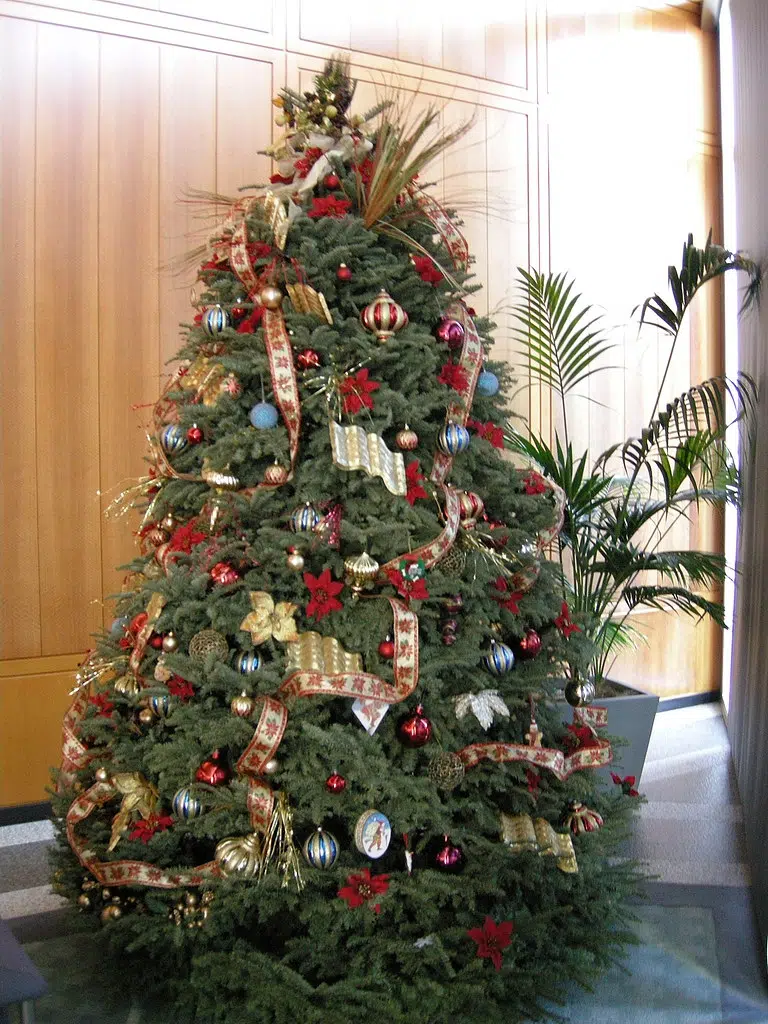UNDATED, MI (WKZO AM/FM) — The National Fire Protection Association (NFPA) strongly encourages people to remove Christmas trees from their homes promptly after the holiday season, NFPA officials said Monday.
According to NFPA officials, nearly one-third (31 percent) of U.S. home fires that begin with Christmas trees occurs in January. The longer a natural tree is kept up after Christmas, the more likely it is to dry out and ignite.
“All Christmas trees can burn, but a dried-out tree can become engulfed in flames in a matter of seconds,” NFPA’s vice president of Outreach and Advocacy Lorraine Carli said in a statement. “In a year where many people began decorating their homes earlier than usual, trees have been in homes longer than usual, presenting an increased fire risk as the days go by.”
NFPA’s latest Christmas Tree Fires report, which reflects annual averages between 2014 and 2018, shows that 160 home structure fires began with Christmas trees, resulting in two civilian deaths, 14 civilian injuries, and $10.3 million in direct property damage.
According to the report, fires that begin with Christmas trees are a very small but notable part of the U.S. fire problem, considering that they are generally in use for a short time each year.
“While we know Christmas tree fires don’t occur very often compared to other types of home fires, deadly incidents involving multiple people, including young children, have been reported in recent years,” Carli said. “Our goal is to minimize the likelihood of these kinds of tragedies from happening.”
Because some Christmas tree fires occur in chimneys or flues, which suggests that people may burn the tree to dispose of it, the U.S. Forest Service offers this caution:
“Never burn your Christmas tree in a fireplace or wood stove! Pines, firs and other evergreens have a high content of flammable turpentine oils and burning the tree may contribute to creosote buildup and risk a chimney fire.”
-
Use the gripping area on the plug when unplugging electrical decorations. Never pull the cord to unplug any device from an electrical outlet, as this can harm the wire and insulation of the cord, increasing the risk for shock or electrical fire.
-
As you pack up light strings, inspect each line for damage, throwing out any sets that have loose connections, broken sockets or cracked or bare wires.
-
Wrap each set of lights and put them in individual plastic bags or wrap them around a piece of cardboard.
-
Store electrical decorations in a dry place away from children and pets where they will not be damaged by water or dampness.
For more information on home fire safety all winter long, visit “Put a Freeze on Winter Fires,” a winter safety campaign NFPA promotes annually with the U.S. Fire Administration.





